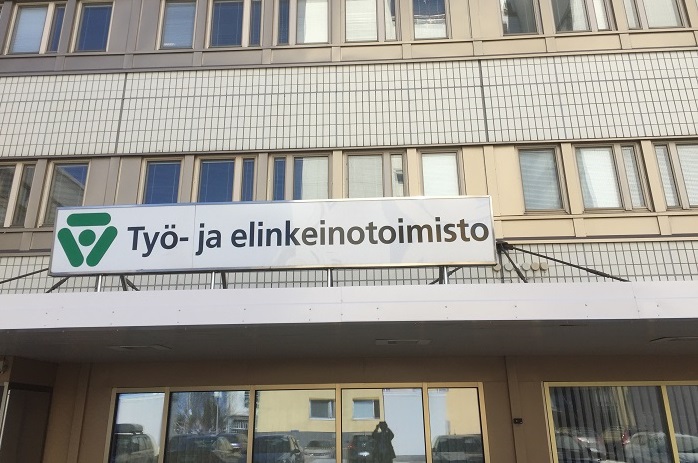Labour market forecast
Employment may fall less than feared
Published : 19 Jun 2020, 01:09
Updated : 19 Jun 2020, 08:50
The impact of the coronavirus crisis on the Finnish labour market may turn out to be smaller than feared, if Finland is spared a new wave of the epidemic and subsequent restrictions, and if the global economy recovers, according to a labour market forecast published on Thursday by the Ministry of Economic Affairs and Employment.
However, the number of unemployed jobseekers is projected to remain higher in the next few years than that before the start of the crisis.
There is also a risk that the effects of the crisis on the labour market could in part remain long-term, said a government press release referring to the report.
The forecast reflects uncertainty about the development of the coronavirus epidemic and the economy. In addition to the baseline forecast, the report also includes an alternative forecast where the risks of a second wave of the epidemic and the slow recovery of the key export markets have been realised.
“In light of the labour market forecast, it appears that the recovery of the labour market may be reasonable. However, there are a lot of open questions in the outlook, and recovery will take longer than the decline we have experienced,” said Employment Minister Tuula Haatainen.
According to the forecast, the employment rate will fall until 2021, after which it will start to rise again. According to the baseline forecast, the employment rate would be 72.8% in 2022, whereas according to the so-called risk scenario, it would be 72%.
The unemployment rate is projected to rise to 7.6% in 2021 and to fall to 6.7% in 2022. In the risk scenario, the unemployment rate would stand at 7.1% in 2022. The increase in the unemployment rate is subdued by the fact that the supply of labour also shrinks and that hidden unemployment grows.
In the baseline forecast, the number of employed people will decrease by a total of around 70,000 in this year and next. In the crisis scenario, the drop would be of almost 100,000 people. If this scenario occurs already in 2020, there would be 30,000 fewer employed people than the corresponding figure before the crisis.


